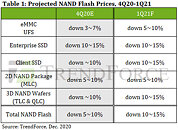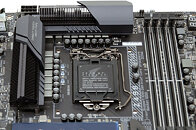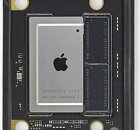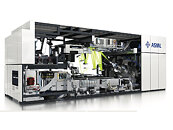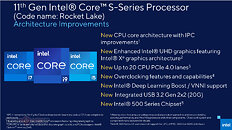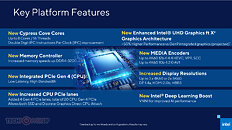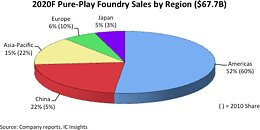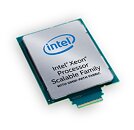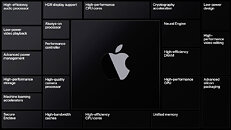
LG Display Introduces World's First 48-inch Bendable Cinematic Sound OLED display
LG Display, the world's leading innovator of display technologies, announced today that it will showcase the world's first 48-inch Bendable Cinematic Sound OLED (CSO) optimized for gaming at CES 2021.
The 48-inch Bendable CSO display utilizes OLED's advantages as its paper-thin screen bends and unfolds with a curvature radius of up to 1,000R, meaning that it can be made to bend up to a radius of 1,000 mm without affecting the function of the display. It can therefore be turned into a flat screen while watching TV and used as a curved screen while gaming. The curved display offers a uniform viewing distance from the middle of the screen to its edge, maximizing the visual immersion that is popular among gamers.
The 48-inch Bendable CSO display utilizes OLED's advantages as its paper-thin screen bends and unfolds with a curvature radius of up to 1,000R, meaning that it can be made to bend up to a radius of 1,000 mm without affecting the function of the display. It can therefore be turned into a flat screen while watching TV and used as a curved screen while gaming. The curved display offers a uniform viewing distance from the middle of the screen to its edge, maximizing the visual immersion that is popular among gamers.






